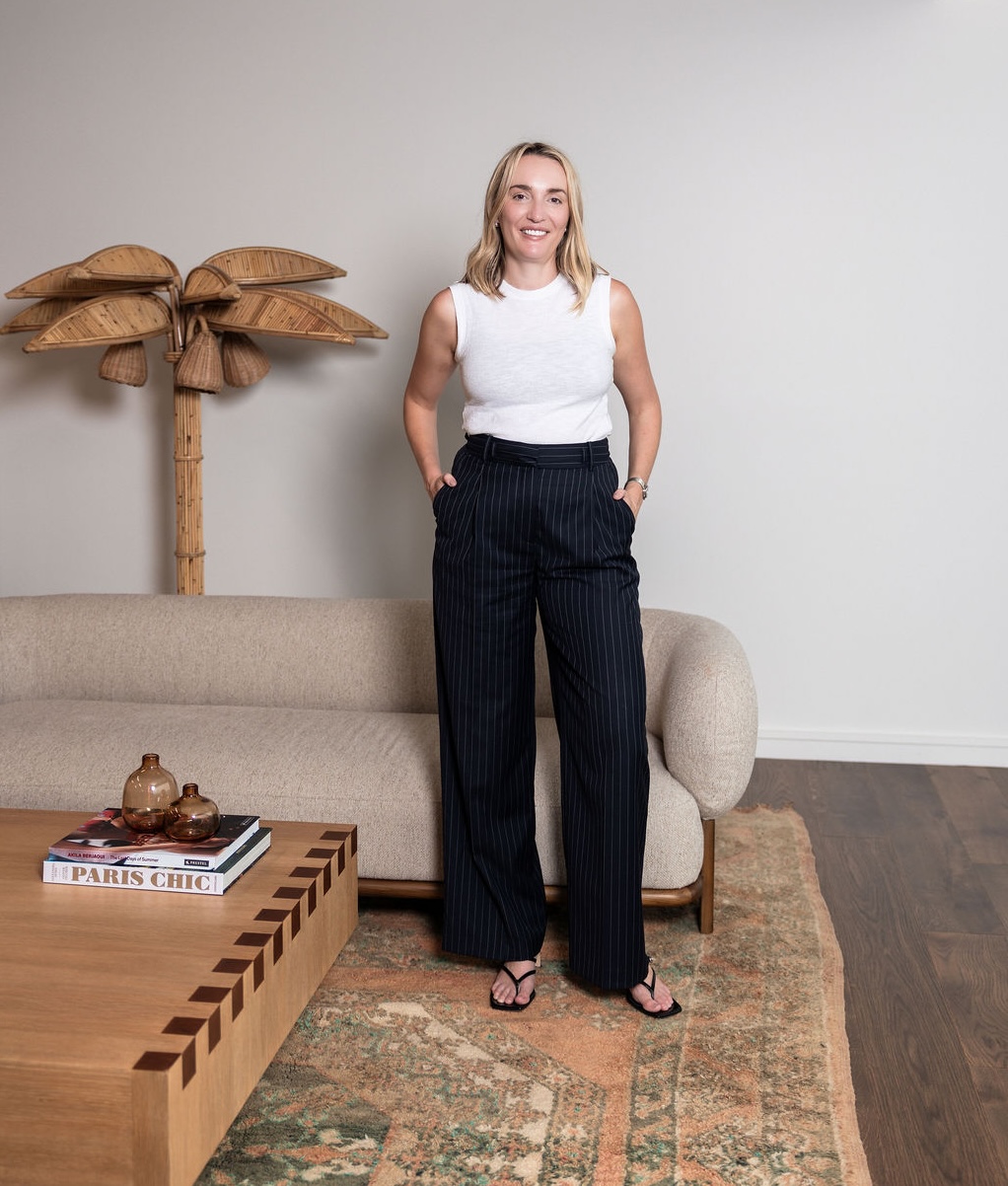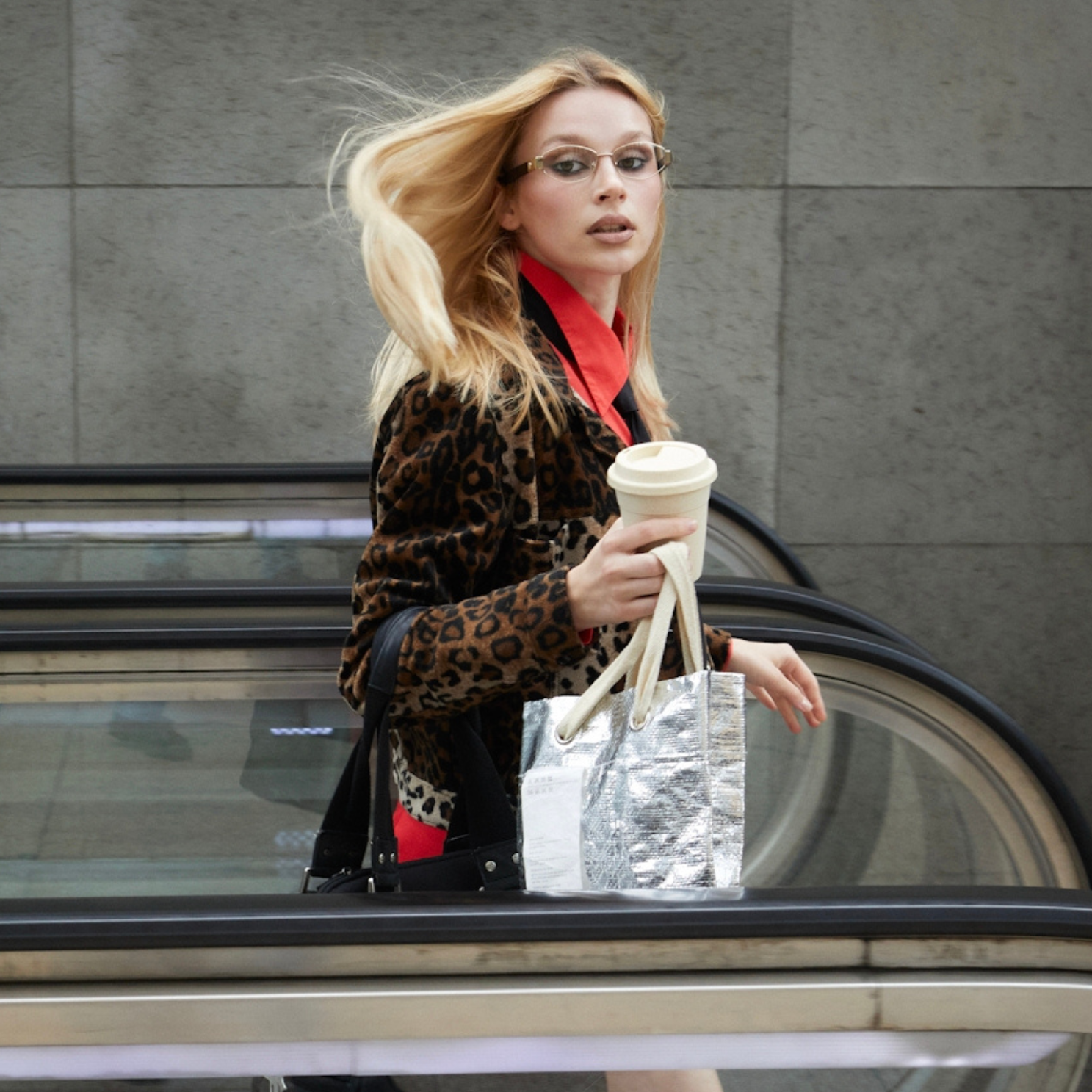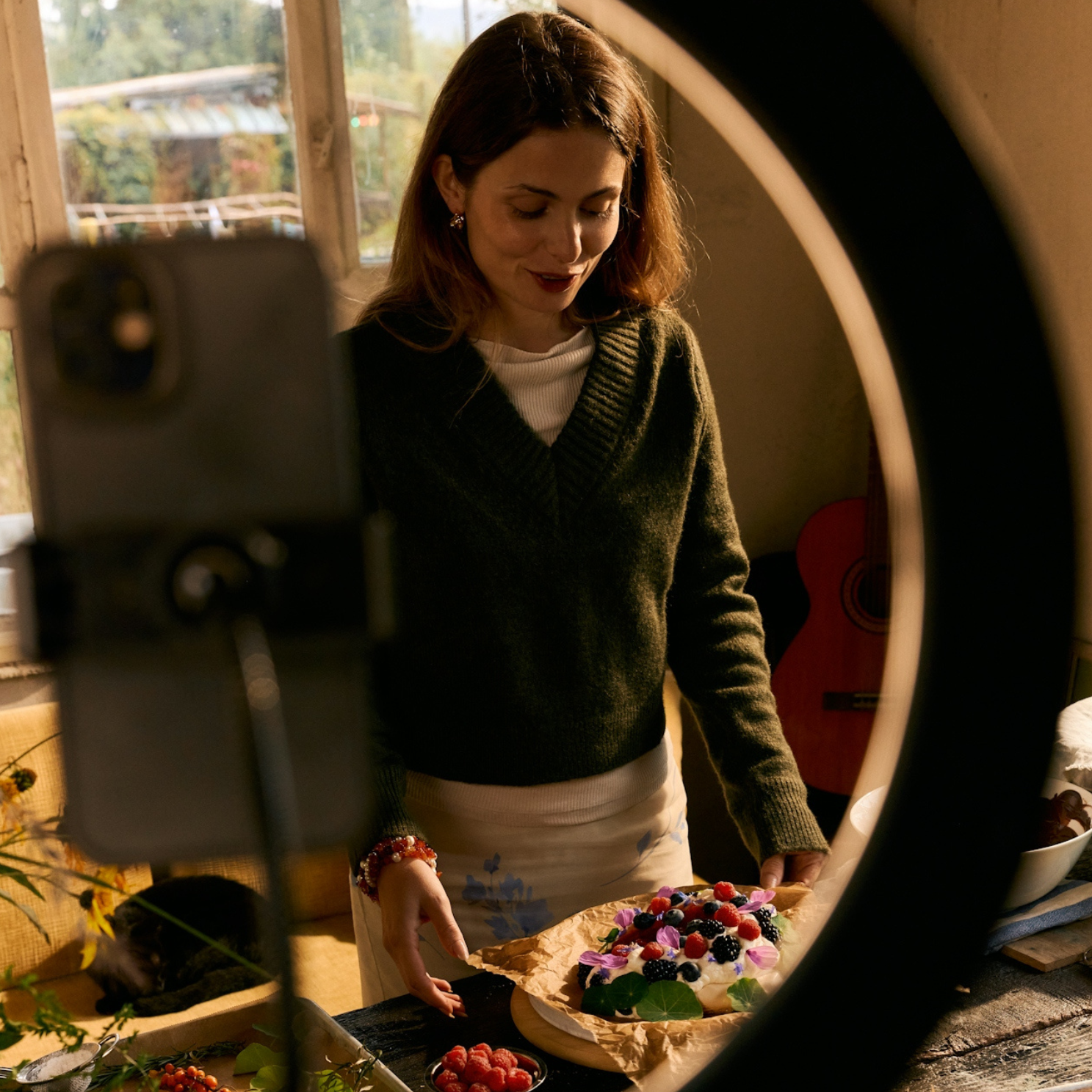The Real Reason Trend-Led Creative Works
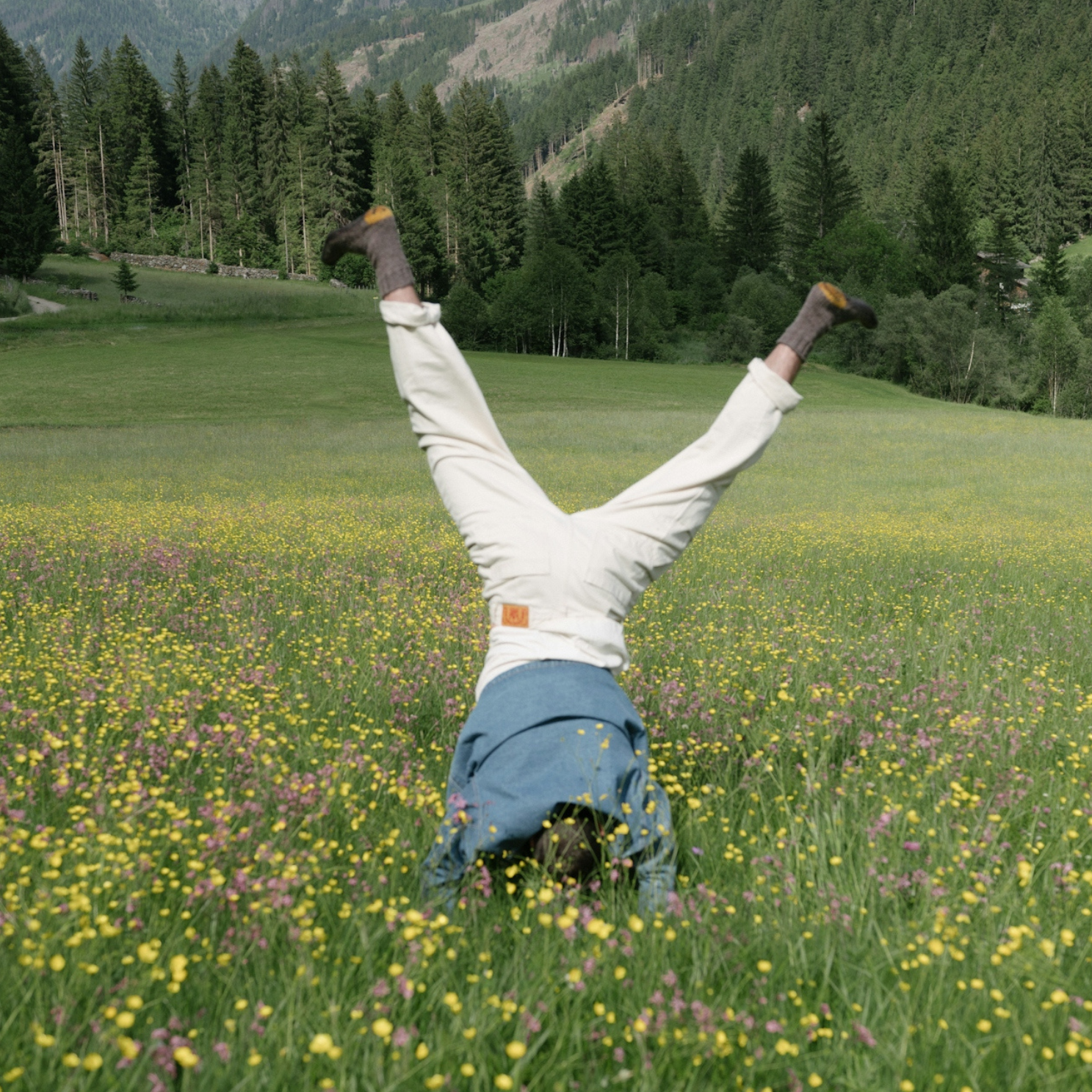
The history of trends in advertising
Trends aren’t new. They’ve always been the shortcut brands use to feel relevant.
1950s–70s: Catchphrases and jingles were the OG trends. Think “Just Do It” or “Have a break, have a Kit Kat.” People repeated them everywhere, and that repetition sold.
1980s–90s: Pop culture tie-ins ruled. Brands rode music videos, MTV aesthetics, and celebrity moments to stay current. If Madonna wore it, Pepsi sponsored it.
2000s: Viral stunts and “water cooler” ads. Old Spice, Dove’s Real Beauty, Red Bull jumping from space — moments designed to spread fast.
2010s: Meme marketing. Wendy’s Twitter clapbacks, Oreo’s Super Bowl blackout tweet — brands realised they could ride internet humour in real time.
Today: TikTok and Instagram trends. Instead of waiting for a campaign calendar, brands now tap into micro-moments. A trending sound on Monday can become a live ad set by Wednesday.
The pattern hasn’t changed: the fastest way to connect is to step into what people are already watching, saying, or sharing.
What actually counts as a trend today
In today’s social world, a trend isn’t just a viral dance or a funny sound. It’s any repeatable format that platforms start rewarding because audiences are engaging with it at scale.
A trend can be:
A song – a track that takes over TikTok and Reels, often dictating how the edit hits (think sped-up pop hooks or nostalgic throwbacks).
A sound – audio snippets, voiceovers, or quotes that creators remix into their own context.
A format – a storytelling style like “POV,” “what I ordered vs. what I got,” or the classic before/after.
An editing style – quick cuts, jump zooms, split screens, or lo-fi scrappy edits that the algorithm starts favouring.
A caption style – phrases or text overlays reworked across niches (like “he’s a 10 but…” or “be delulu”).
A cultural moment – a reference that explodes across feeds (Barbiecore pink, Stanley cups, celebrity slip-ups).
What makes something a trend isn’t the creative itself, it’s the uptake. The second thousands of creators copy and remix a style, the algorithm pushes it harder. That’s why trend-led creative feels “native” to the feed: the audience has already been trained to expect and enjoy it.
Micro vs. Macro: Why both matter in your content mix
Not all trends are created equal. Some are quick flames, others become cultural shifts. Knowing which is which helps you decide what to jump on today, and what to build into your system for the long haul.
Micro trends
The fast movers. A sound, meme, or editing style that explodes for a week then disappears. They live fast, die fast, and often stay platform-specific. The upside? They’re cheap reach plays. Get in early, and you’ll ride the algorithm before everyone else clutters the feed.
Macro trends
The big currents. They last months, sometimes years, and flow across multiple platforms. Think “Get Ready With Me” videos, before-and-after reveals, or the shift to lo-fi, vertical-first content. They aren’t about a single sound, they’re about a repeatable behaviour the audience adopts at scale.
Basically, micro trends keep you fresh in the feed. Macro trends give you reliable building blocks for campaigns. Together, they make sure your brand feels both current and consistent.
TikTok vs Instagram: How trends behave on each
TikTok births trends. Instagram polishes them. Same format, different culture.
On TikTok, raw beats polished. Quick cuts, scrappy edits, humour, and audios that pop overnight. Audiences here want to feel like they’ve discovered something first.
On Instagram, people expect more proof and polish. The same trend that feels chaotic on TikTok needs sharper edits, clean audio, and branded cues to land on Reels. Stories carry the looser, behind-the-scenes version, while the feed still rewards premium aesthetics.
The trick is editing once, then versioning twice — TikTok native, Instagram premium.
How brands actually use trends
Trends aren’t just for clout. They sit inside a funnel when you use them right.
Awareness – Trend-led Reels or TikToks grab attention instantly because the format is already familiar.
Engagement – The same trend dropped in Stories drives reactions, DMs, and shares.
Performance – In ads, trends reset fatigue. Swap in a trending opener, a popular editing style, or a creator clip, and your CPA stretches further.
Smart brands don’t treat trends as “extra.” They use them as a lever across organic, paid, and campaigns.
Why working with an agency makes trends scale
The difference between dabbling in trends and making them convert is having a system. Agencies apply a strategy that matches your audience and adapts as new trends appear, live, and die inside the platform.
They can brief shoots, capture B roll, and source talent, whether that’s employee-generated content (EGC) or user-generated creator content (UGC). Then they handle the editing and publishing so your brand shows up with speed and consistency, with less interruptions for you and your team.
For service businesses, that means trends stop being an afterthought and start becoming a structured part of your marketing engine.
Where to from here
Trends aren’t a gamble, they’re a system. They’ve always been how brands stay relevant. From jingles to memes to Reels, the only difference now is speed. The brands that win are the ones who show up early, play the formats their audience already loves, and slot trends into a bigger content mix that actually converts.
If you’re trying to do it all in-house, it’s messy and it’s distracting. If you want trend-led creative that actually works, fast, current, and built for your funnel, you need a system that runs without interrupting your team.
1. How do I find current TikTok or Instagram trends?
You don’t need to reinvent the wheel, trends surface where your audience already scrolls so you just need to be observant. TikTok’s For You Page and Creative Center, Instagram’s Reels audio tab, and just watching what repeats in your feed. The key isn’t spotting everything, it’s filtering the ones that actually fit your brand.
2. How long do trends usually last?
Short. Micro-trends peak in 3–7 days, most fade within two weeks. The bigger macro shifts (like before/after reveals or GRWM) can live for months. If you’re waiting until the end of the month to plan, you’re late.
3. Do I need to jump on every trend to grow?
No. One or two smart plays a month is enough. The brands that try to grab every trend end up looking desperate. Pick the ones that actually connect back to your service, product, or audience behaviour.
4. What’s the difference between a trend and evergreen content?
Trends give you quick bursts of reach, evergreen builds long-term trust. The magic is mixing them. Use trend-led clips to pull people in, then evergreen content to keep them around and educate them and build your community.
5. Do trends actually convert, or are they just vanity metrics?
They convert when you treat them as the hook, not the whole story. A trend-led Reel grabs attention, then your retargeting ad closes the sale. On their own, trends drive reach. In a funnel, they drive results.
6. How do I know if a trend fits my brand without looking cringe?
Run it through three checks: Can we slot our product/service in naturally? Will our audience get it right away? Does it sound like us, or does it feel forced?
LET’S MAKE SOMETHING PEOPLE WANT TO WATCH
Ready to get started? Drop your details below and we’ll be in touch.



